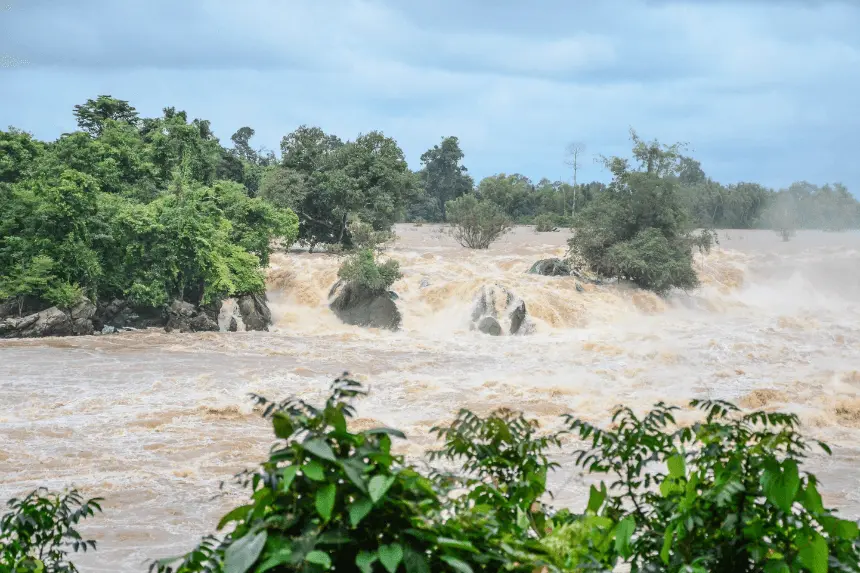The recent floods in New Mexico and Texas showcase starkly different responses and outcomes. The village of Ruidoso in New Mexico prepared for the inevitable flooding, with local officials and residents having prior knowledge of the risks. Despite the tragic loss of life and property damage, the community swiftly returned to normalcy the following day. In contrast, Texas experienced catastrophic flooding that caught many by surprise, leading to the tragic deaths of at least 120 people. The rapid rise of the Guadalupe River left little time for evacuation, and the sheer scale of rainfall overwhelmed officials, leaving many still missing. This contrast highlights the importance of preparedness and the unpredictable nature of extreme weather events.
How Did New Mexico Cope with the Flooding?
A swift, heavy rainfall in New Mexico struck the community of Ruidoso hard, causing the river to surge and flood properties. Despite the scale of the disaster, the village’s preparation for floods led to a quick recovery. Flood experts had already been deployed, and emergency plans were in place. Eddie Gutierrez, the owner of a local brewery, observed that the village resumed its normal operations the following morning. However, the damage was real, with houses washed away and lives, including two children, lost.
Last year’s wildfires, which left large “burn scars” on the land, exacerbated the region’s vulnerability to floods. These areas, stripped of vegetation, were unable to absorb rainfall, worsening the impact. However, locals were prepared for these secondary effects. “These floods. “They were expected; we knew the floods would come, and they did,” Gutierrez said, highlighting the value of being proactive in flood-prone regions. Here is the link to our article on Southeastern U.S. Flooding
Why Was Texas Caught Off-Guard by Its Floods?
In contrast, Texas suffered a much more catastrophic off-guard flood, which took many by surprise. Heavy rainfall, estimated at a staggering 100 billion gallons, fell rapidly, flooding areas with no time for evacuation. The Guadalupe River rose an incredible 26 feet in just 45 minutes in Kerr County, the hardest-hit region, shocking people who were asleep. The result was devastating: 95 lives lost, with more than 150 still missing.
The sheer volume of rainfall and the timing of the disaster—early morning—raised questions about preparedness and response. Despite the issuance of weather alerts, many people remained unaware of the flood’s severity. The Texas flood serves as a reminder of the unpredictability of natural disasters and the need for robust early-warning systems and better coordination in response efforts.
What Caused the Disparity Between the Two Floods?
Experts suggest that several factors contributed to the differing outcomes in New Mexico and Texas. In New Mexico, the community’s familiarity with flood risks and established preparedness measures allowed it to recover quickly. In Texas, the unexpected scale of the event, combined with poor timing, led to much higher casualties. Local authorities are now being scrutinized for their handling of flood warnings and evacuation procedures.
Planning effectively can often mitigate the impact of natural floods. Communities familiar with the risks are more likely to take preventative measures, like evacuation or reinforcing homes, whereas surprise events—like those in Texas—can overwhelm even the most experienced responders. Here is the link to our article on Queensland Flooding Devastation
Final Thoughts: The Importance of Preparedness
Both floods highlight the crucial role of flood preparedness in saving lives. While New Mexico had systems in place to handle the situation, Texas was overwhelmed by the speed and severity of the disaster. Future flood-prone areas can benefit greatly from robust, early warning systems and increased community awareness. Flood preparedness should be a priority for every community at risk.








